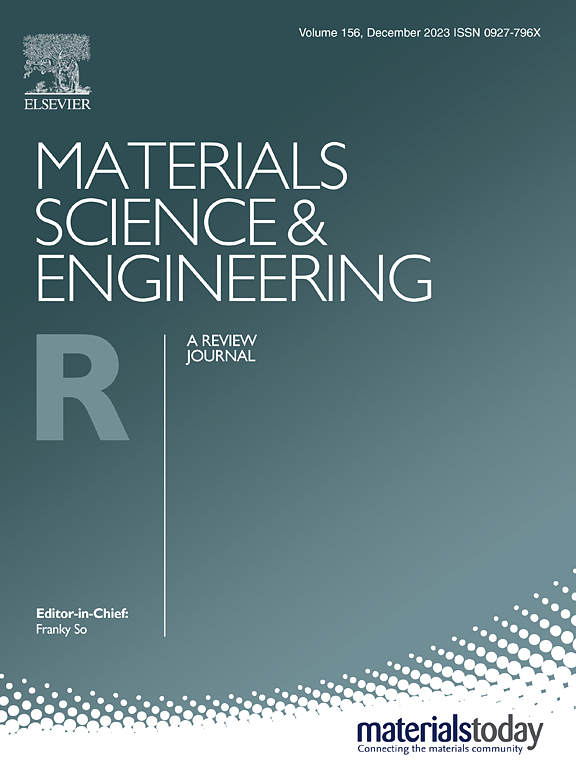Advanced porous MOF materials and technologies for high-efficiency ppm-level toxic gas separation
IF 31.6
1区 材料科学
Q1 MATERIALS SCIENCE, MULTIDISCIPLINARY
引用次数: 0
Abstract
Effective control of toxic gaseous pollutants being emitted into the atmosphere has posed a critical and urgent challenge to deal with global climate change, protect the environment and human health as well as achieve clean and sustainable development. There remains a continuous threat to our human life from various toxic gaseous chemicals. Traditional methods for removing toxic gases usually suffer from shortcomings, such as low-capacity, energy-intensive, waste generation, and high cost. Metal-organic frameworks (MOFs), architected by various metal centers and organic ligands, represent a new type of adsorbent, which could readily offer a promising solution to capturing toxic gases. In this review, we provide detailed insights of the recent progress made on the adsorptive capture performance of MOF materials towards several critical toxic gases, such as SO₂, NO₂, NH₃, H₂S, sarin, CNCl, and CO. Considering the working condition and mixture components, the adsorption performance of various toxic gases are critically assessed and sorted. By comparing different modification strategies of a series of MOFs and corresponding performance manifestations, we make attempts to delineate future research directions to improve the adsorptive capture performance of MOFs toward toxic gases for real industrial applications.
用于高效分离 ppm 级有毒气体的先进多孔 MOF 材料和技术
有效控制排放到大气中的有毒气体污染物对应对全球气候变化、保护环境和人类健康以及实现清洁和可持续发展构成了严峻而紧迫的挑战。各种有毒气体化学品对人类生活的威胁依然存在。传统的去除有毒气体的方法通常存在容量小、能耗高、产生废物和成本高等缺点。由各种金属中心和有机配体构成的金属有机框架(MOFs)是一种新型吸附剂,可为捕获有毒气体提供一种前景广阔的解决方案。在这篇综述中,我们将详细介绍 MOF 材料对几种关键有毒气体(如 SO₂、NO₂、NH₃、H₂S、沙林、氯化萘和 CO)的吸附捕集性能的最新进展。考虑到工作条件和混合物成分,对各种有毒气体的吸附性能进行了严格的评估和分类。通过比较一系列 MOFs 的不同改性策略和相应的性能表现,我们试图勾勒出未来的研究方向,以提高 MOFs 对有毒气体的吸附捕集性能,为实际工业应用服务。
本文章由计算机程序翻译,如有差异,请以英文原文为准。
求助全文
约1分钟内获得全文
求助全文
来源期刊

Materials Science and Engineering: R: Reports
工程技术-材料科学:综合
CiteScore
60.50
自引率
0.30%
发文量
19
审稿时长
34 days
期刊介绍:
Materials Science & Engineering R: Reports is a journal that covers a wide range of topics in the field of materials science and engineering. It publishes both experimental and theoretical research papers, providing background information and critical assessments on various topics. The journal aims to publish high-quality and novel research papers and reviews.
The subject areas covered by the journal include Materials Science (General), Electronic Materials, Optical Materials, and Magnetic Materials. In addition to regular issues, the journal also publishes special issues on key themes in the field of materials science, including Energy Materials, Materials for Health, Materials Discovery, Innovation for High Value Manufacturing, and Sustainable Materials development.
 求助内容:
求助内容: 应助结果提醒方式:
应助结果提醒方式:


